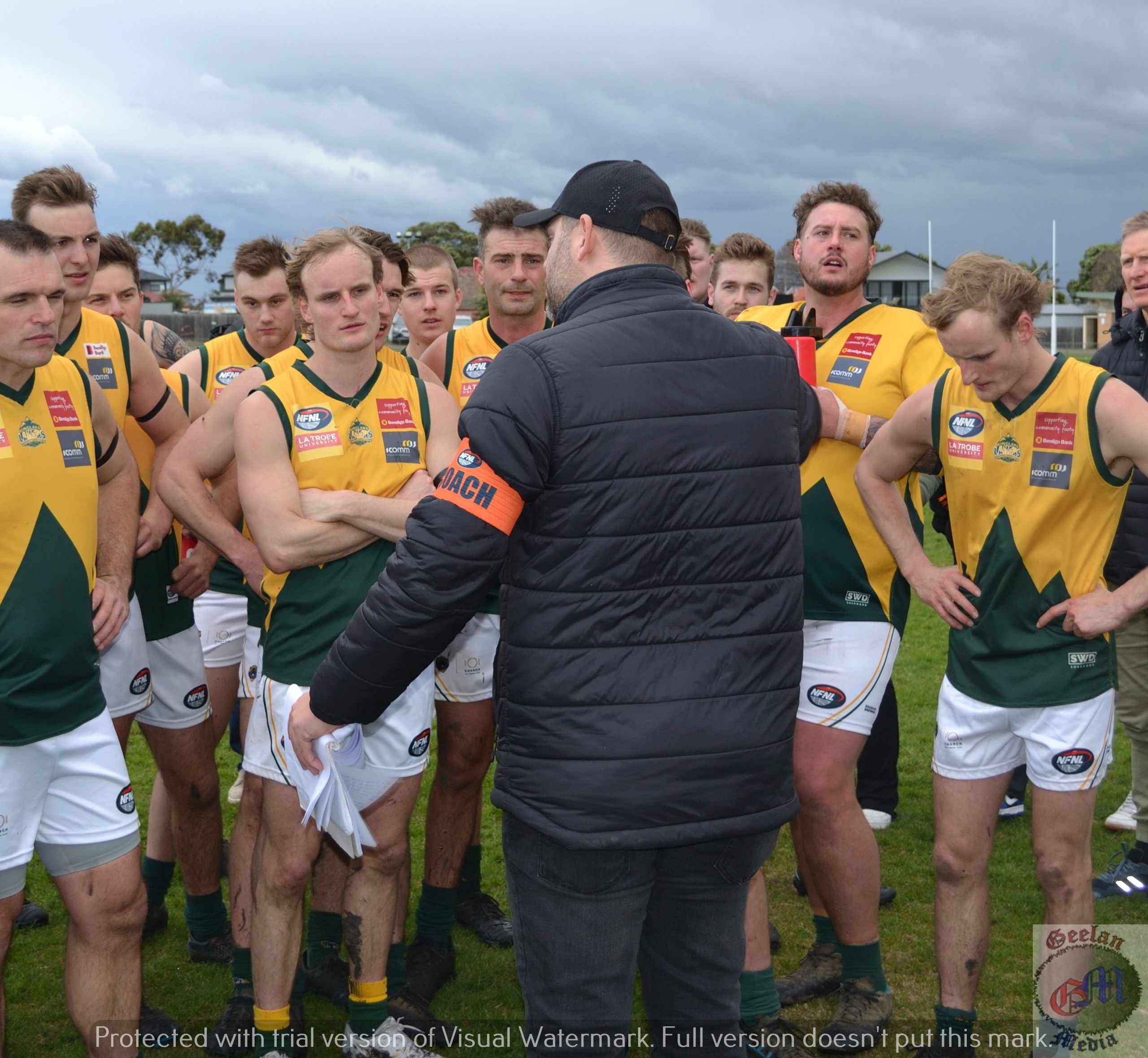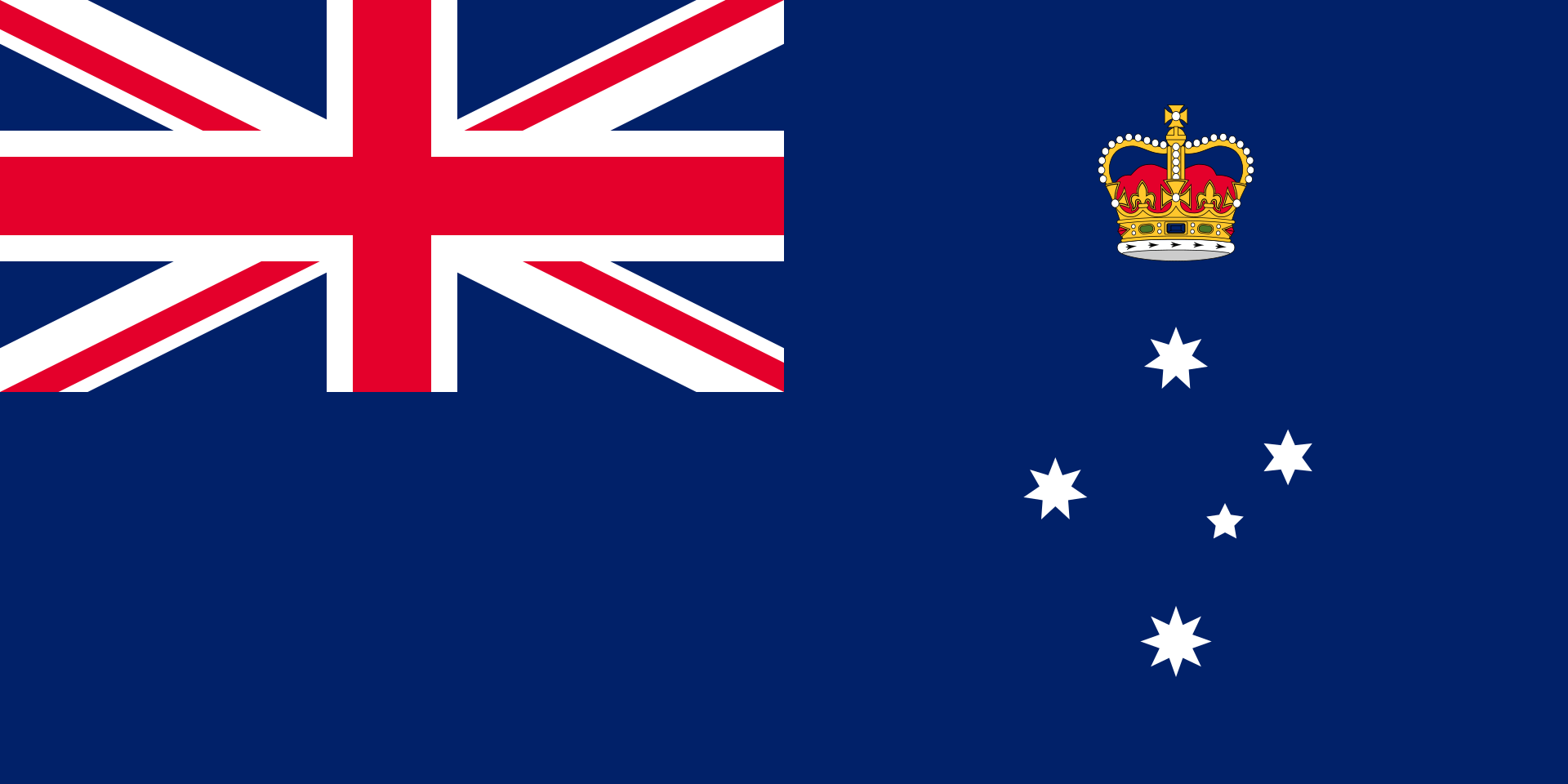Australia’s top fire and emergency service officials today released the “Australian Seasonal Bushfire Outlook” for the upcoming 2019/20 fire season warning of the dangers of the impending bushfire season, imploring the public to make sure their disaster plans are ready early.
The 2019/20 fire season has the potential to be an active season across Australia, following on from a very warm and dry start to the year.
Due to these conditions, the east coast of Queensland, New South Wales, Victoria and Tasmania, as well as parts of southern Western Australia and South Australia, face above normal fire potential.

The Australian Seasonal Bushfire Outlook: August 2019 [above] shows fire potential across Australia over the coming months. Above normal bushfire potential refers to the ability of a large fire to take hold when you take into consideration the recent and predicted weather for a particular area, the dryness of the land and forests, recent fire history and local firefighting resources.
The year to date has been unusually warm and dry for large parts of Australia.
This is especially the case over the southern half of the country, which has experienced the driest January to July on record (January to July 1902 is the second driest).
Areas of above average rainfall are largely confined to central Queensland, extending to the coast.
As might be expected given the broad climatic factors, an early start to the fire season has been declared in many areas across eastern Australia. The dry landscape means that any warm and windy conditions are likely to see elevated fire risk.

The potential for above bushfire risk in Victoria extends from the coastal and foothill forests of East Gippsland, extending to West Gipplsland to the Great Dividing Range.
These parts of Victoria are now experiencing their third consecutive year of
significant rainfall deficit, with severe levels of underlying dryness persisting in soils and heavy forest fuels, along with higher abundance of dead fuel components and higher flammability of live vegetation.
Across the rest of Victoria, mostly normal bushfire activity is expected, however there is likely to be increased growth rates in pasture
and croplands in the west due to winter rain.
There is uncertainty around the effect of the Indian Ocean Dipole and warm/dry outlook, with some risk that ash forests in the Central
Highlands and Otways may dry out at faster rates and become more flammable than normal during summer.

The Australia Seasonal Bushfire Outlook August 2019 is developed by the Bushfire and Natural Hazards CRC, AFAC, the Bureau of Meteorology, Queensland Fire and Emergency Services, the New South Wales
Rural Fire Service, ACT Emergency Services Agency, ACT Parks and Conservation Service, Country Fire Authority, Department
of Environment, Land, Water and Planning, Victoria, Tasmania Fire Service, Country Fire Service, Department of Fire and Emergency Services and Department of Biodiversity, Conservation and Attractions Western Australia, and Bushfires NT.

























